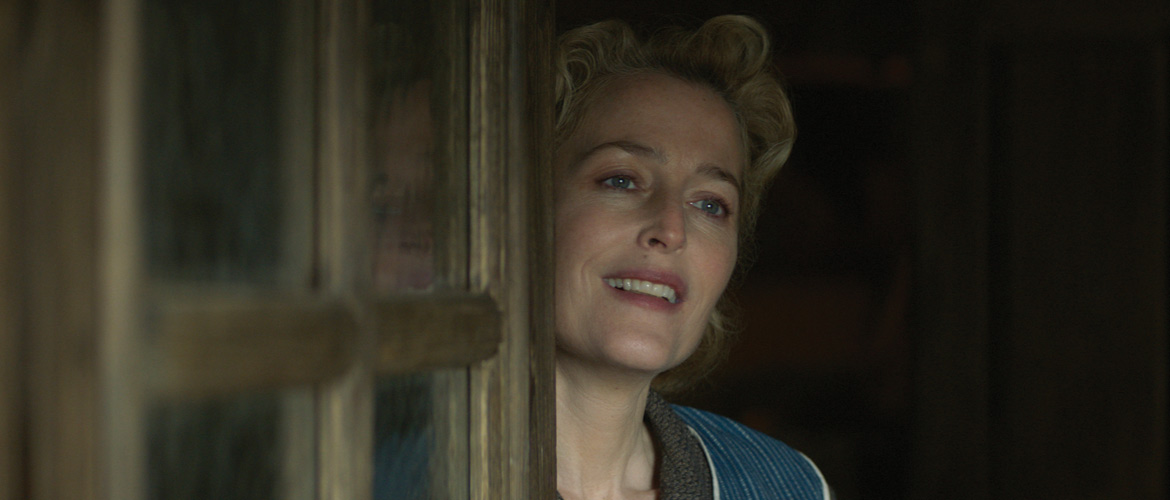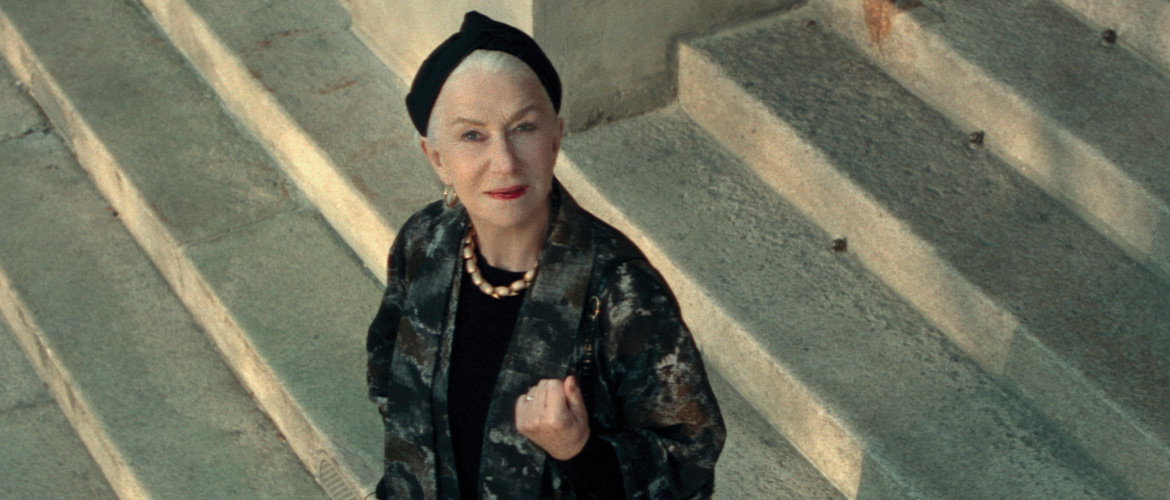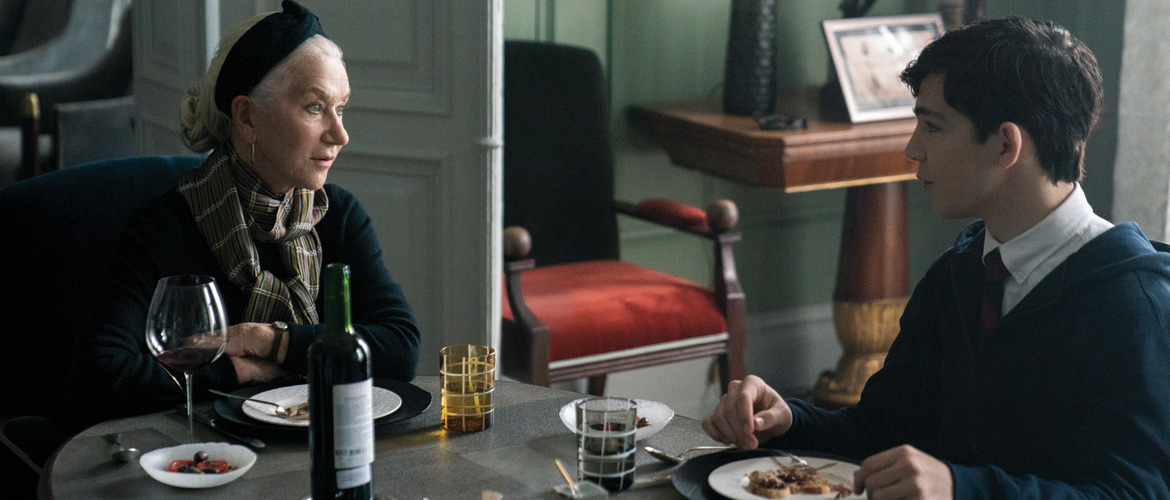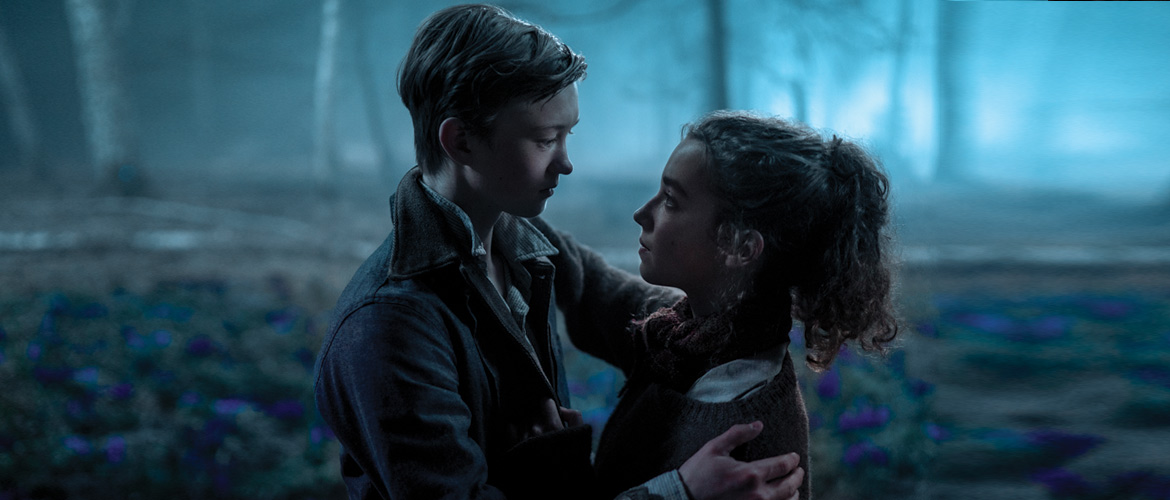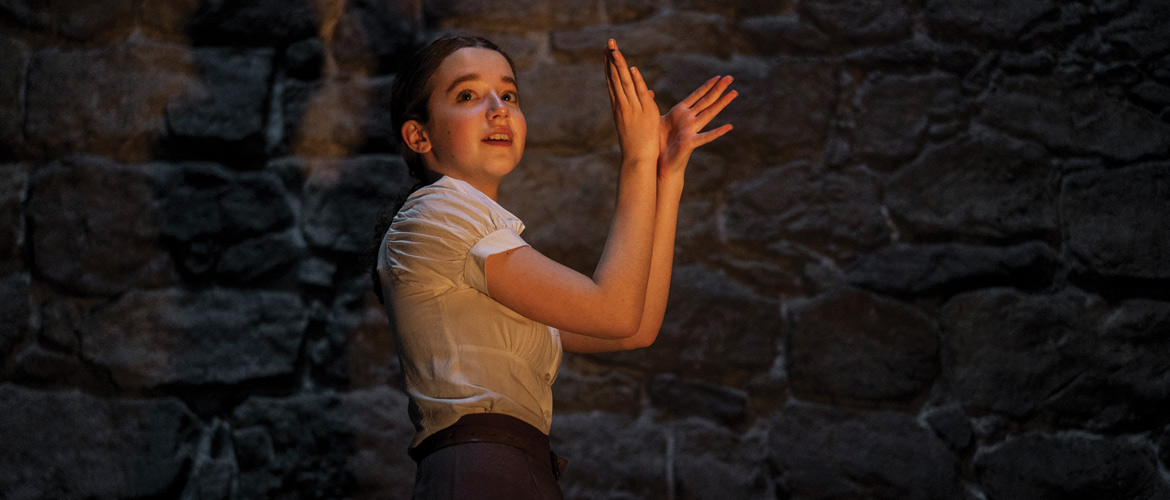By Diane Howard, Ph.D.
Due in theaters Oct. 4 is the new movie White Bird. It is a light in today’s darkness. Directed by Marc Forster (Finding Neverland and Christopher Robin), the screenwriter is Mark Bomback, who has based the screenplay on R.J. Palacio’s book, White Bird: A Wonder Story. Bomback is also the best-selling author of Wonder, the book that sparked a movement to choose kind. Wonder is also a prequel to White Bird.
In this uplifting, inspirational movie, sacrificial acts of kindness have lived on in past generations to impact the present one. In White Bird, we follow Julian (Bryce Gheisar), who has struggled to belong ever since he was expelled from his former school for his treatment of Auggie Pullman. To impact and transform his life, Julian’s grandmother (Oscar-winning Helen Mirren) finally reveals to Julian her own story of struggle and courage. She tells Julian how she spent her youth in Nazi-occupied France; but a boy, bullied by others, shelters her from mortal danger. They find first love in a stunning, magical world of their own creation, while the boy’s mother (Gillian Anderson) risks everything to keep her safe.
The cinematography in this movie is outstanding, especially the use of light. The light shines literally and metaphorically in the darkness. The acting is captivating and the story compelling.
I was able to interview Andrew Erwin, who has served as one of the producers of this movie. His Kingdom Story company has partnered with Lionsgate, StoryCorps Studios, and USC Shoah Foundation to produce this movie. Through this collaboration, real-life stories of Holocaust survivors and their descendants are shared and bring the film’s powerful, timeless, universal themes of courage and compassion to life for all generations.
I asked Andrew the following questions and he responded with insightful comments.
DH: How is the cinematography masterful in this movie?
AE: Marc Forster is a masterful director in this movie as he has been in his other movies. He is especially exceptional in bringing various kinds of light and even whimsy into movies with sober themes.
DH: What does the White Bird represent?
AE: It is a symbol of spiritual providence.
DH: Are there other Christian symbols, allusions, images?
AE: The Christian priest and nun who seek to protect the children in their school are Christian role models.
DH: Are there Christian themes in the movie?
AE: One Christian theme involves the understanding that kindness and courage can lead to subsequent miracles. Another theme is the question Who is my neighbor?
DH: How does the movie’s theme of the evil of totalitarianism relate to today?
AE: This theme in the movie is timely because of the increasingly oppressive threats we see today by totalitarian leaders. We are also seeing the evil of totalitarianism in violent mobs, devaluation of human life, and evil destruction no matter what the consequences.
DH: How does the movie’s theme of antisemitism relate today?
AE: Especially since the murderous invasion of Israel Oct. 7, we have been witnessing increasing levels of evil and oppression in the Middle East and in our own country. This movie is a warning that history can repeat itself and that those who do not learn the lessons of history are doomed to repeat them.
DH: Does this movie have a Christian redemption message?
AE: The primary Christian, self-sacrificial theme is Greater Love Has No Man but that He lays down His life for His friends, as our Lord Jesus Christ did for all of us.
This wonderful movie reflects other central Christian values. These include that Jesus said that He is the Light of the World and whoever follows Him will never walk in darkness but will have the Light of Life. The Bible also tells us that The Light shines in the darkness, and the darkness does not comprehend, understand, overpower, or overcome it.
Diane Howard, Ph.D. is a dialogue, dialect and voice-over coach, as well as a journalist who writes about the role of faith in movies and in the entertainment field. Her website is dianehoward.com.

